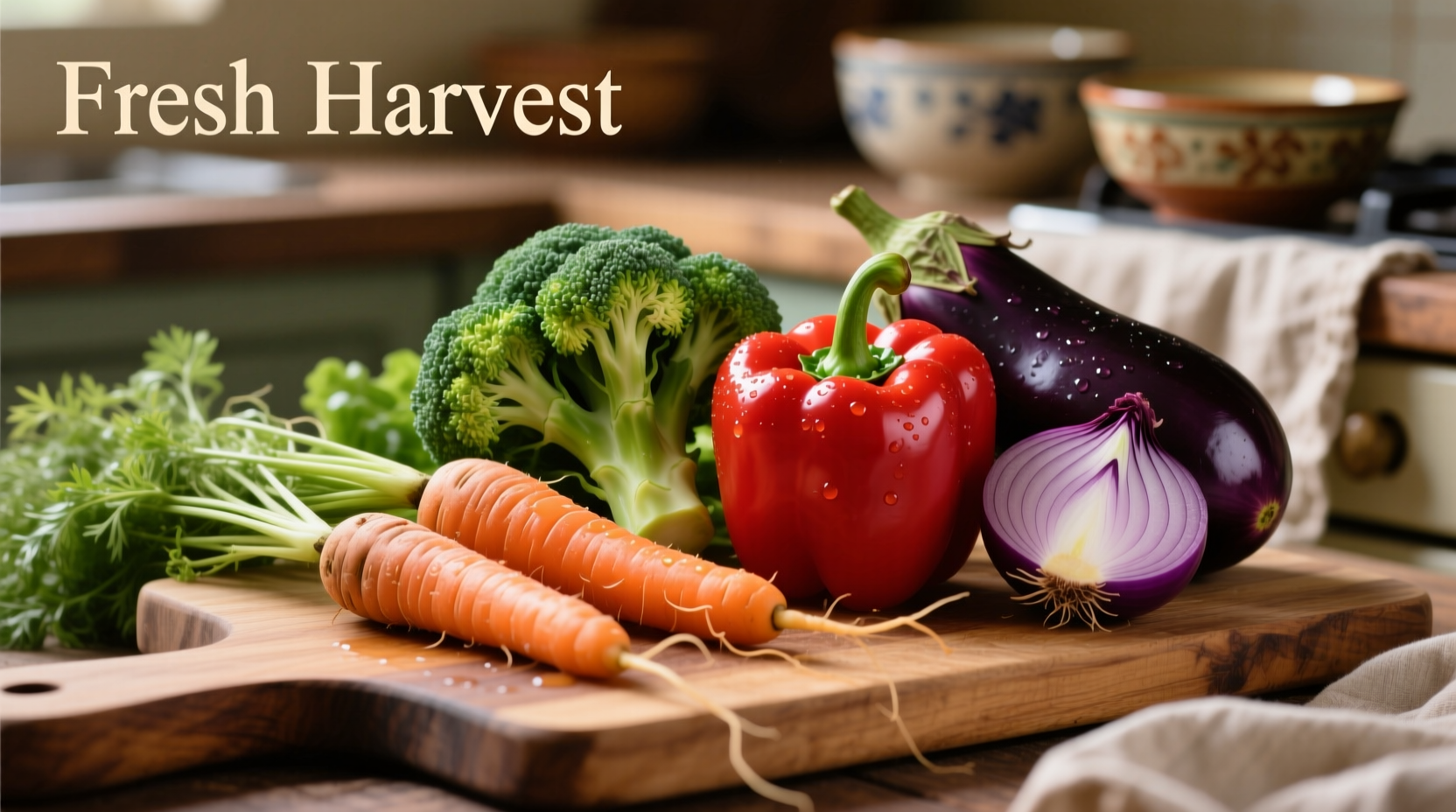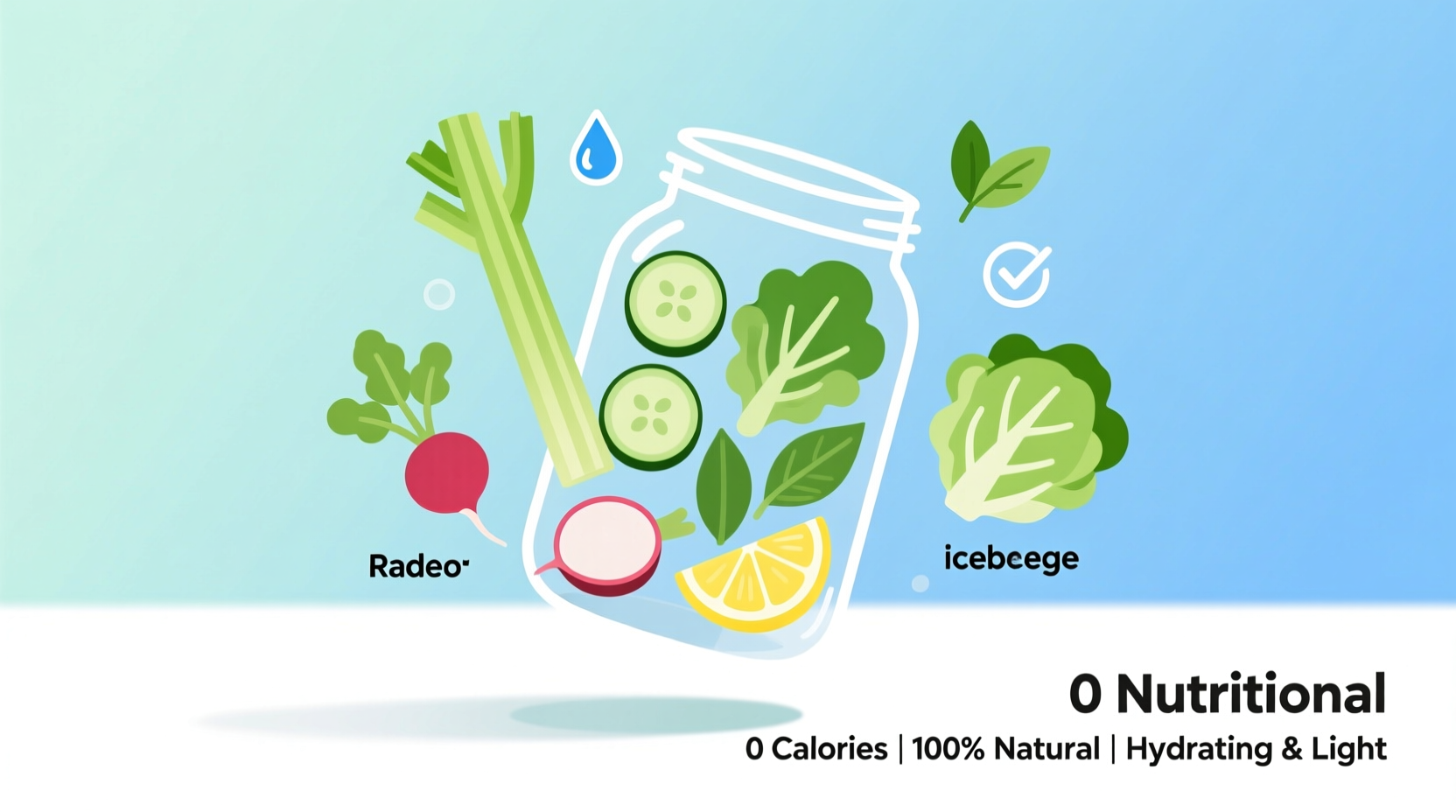No food contains absolutely zero calories—this is a persistent nutrition myth. However, several extremely low-calorie foods (5-15 calories per serving) require more energy to digest than they provide, creating a near-zero net calorie impact. This article reveals scientifically verified ultra-low-calorie options, explains why the "zero calorie" concept is misleading, and provides practical strategies for incorporating these foods into sustainable weight management.
The Truth About "Zero Calorie" Foods: Separating Fact From Fiction
When searching for weight loss solutions, you've likely encountered claims about "zero calorie foods." Let's be clear: no natural food contains zero calories. Every edible item provides some energy value, however minimal. The myth stems from the concept of "negative calorie foods"—items supposedly requiring more energy to digest than they deliver. While the "negative calorie" theory lacks robust scientific backing, certain foods come remarkably close to zero net calories due to their extremely low energy density and high water/fiber content. These foods provide essential nutrients while contributing minimally to daily caloric intake.Ultra-Low-Calorie Foods: What Science Actually Shows
Research from the USDA FoodData Central confirms these foods contain negligible calories per typical serving:| Food | Calories per 100g | Key Nutrients | Typical Serving Size |
|---|---|---|---|
| Celery | 16 | Vitamin K, Potassium | 1 medium stalk (40g) = 6 calories |
| Cucumber | 15 | Vitamin C, Magnesium | 1/2 medium (52g) = 8 calories |
| Iceberg Lettuce | 14 | Vitamin A, Folate | 1 cup shredded (70g) = 10 calories |
| Zucchini | 17 | Vitamin C, Manganese | 1/2 cup sliced (75g) = 13 calories |
| Radishes | 16 | Vitamin C, Potassium | 1/2 cup sliced (67g) = 11 calories |

Why the "Zero Calorie" Myth Persists
The concept gained traction through oversimplified interpretations of the thermic effect of food (TEF)—the energy required for digestion. While high-fiber, water-rich foods do demand more digestive effort, research from the National Institutes of Health shows no food creates a true caloric deficit through digestion alone. A 2022 American Journal of Clinical Nutrition review analyzed 12 studies on so-called "negative calorie foods" and concluded: "While certain foods have minimal caloric impact, the energy expended during their digestion never exceeds their caloric content." The myth likely persists because these foods create significant satiety with negligible calories—a valuable weight management tool, even if not technically "zero calorie."Practical Benefits of Ultra-Low-Calorie Foods
Rather than focusing on the misleading "zero calorie" label, consider these evidence-based advantages:- Volume eating strategy: Fill your plate with high-volume, low-calorie foods to increase meal satisfaction (per Mayo Clinic research)
- Nutrient density: These foods provide vitamins, minerals, and fiber with minimal caloric cost
- Dietary flexibility: Add generous portions to meals without significantly impacting daily calorie goals
- Hydration support: High water content (95%+) contributes to daily fluid needs
Smart Ways to Incorporate These Foods
Maximize benefits with these practical strategies:1. Strategic Meal Building
Start meals with a large salad using leafy greens, cucumbers, and radishes. A study in Physiology & Behavior found this approach reduces total meal calorie intake by 12% through increased satiety.2. Smart Substitutions
Replace higher-calorie ingredients:- Use zucchini noodles instead of pasta ("zoodles")
- Swap potato chips for baked kale chips
- Choose cucumber slices instead of crackers for dips
3. Hydrating Snacks
Keep celery, bell peppers, and cherry tomatoes washed and cut for ready-to-eat snacks. The CDC recommends filling half your plate with fruits and vegetables at each meal—a guideline easily achieved with these options.Avoiding Common Pitfalls
While incorporating these foods, watch for these frequent mistakes:- Over-reliance on single foods: No single food provides complete nutrition. Variety remains essential.
- Adding high-calorie accompaniments: Drowning celery in peanut butter or loading salads with dressing negates benefits.
- Extreme restriction: The Academy of Nutrition and Dietetics warns against eliminating entire food groups.
Building Sustainable Habits
Instead of chasing mythical zero-calorie solutions, focus on these evidence-based approaches:- Track your food intake using apps like MyFitnessPal for 1-2 weeks to understand actual portions
- Practice mindful eating—savor each bite and stop when 80% full
- Combine these low-calorie foods with protein sources for balanced meals
- Consult a registered dietitian for personalized guidance











 浙公网安备
33010002000092号
浙公网安备
33010002000092号 浙B2-20120091-4
浙B2-20120091-4